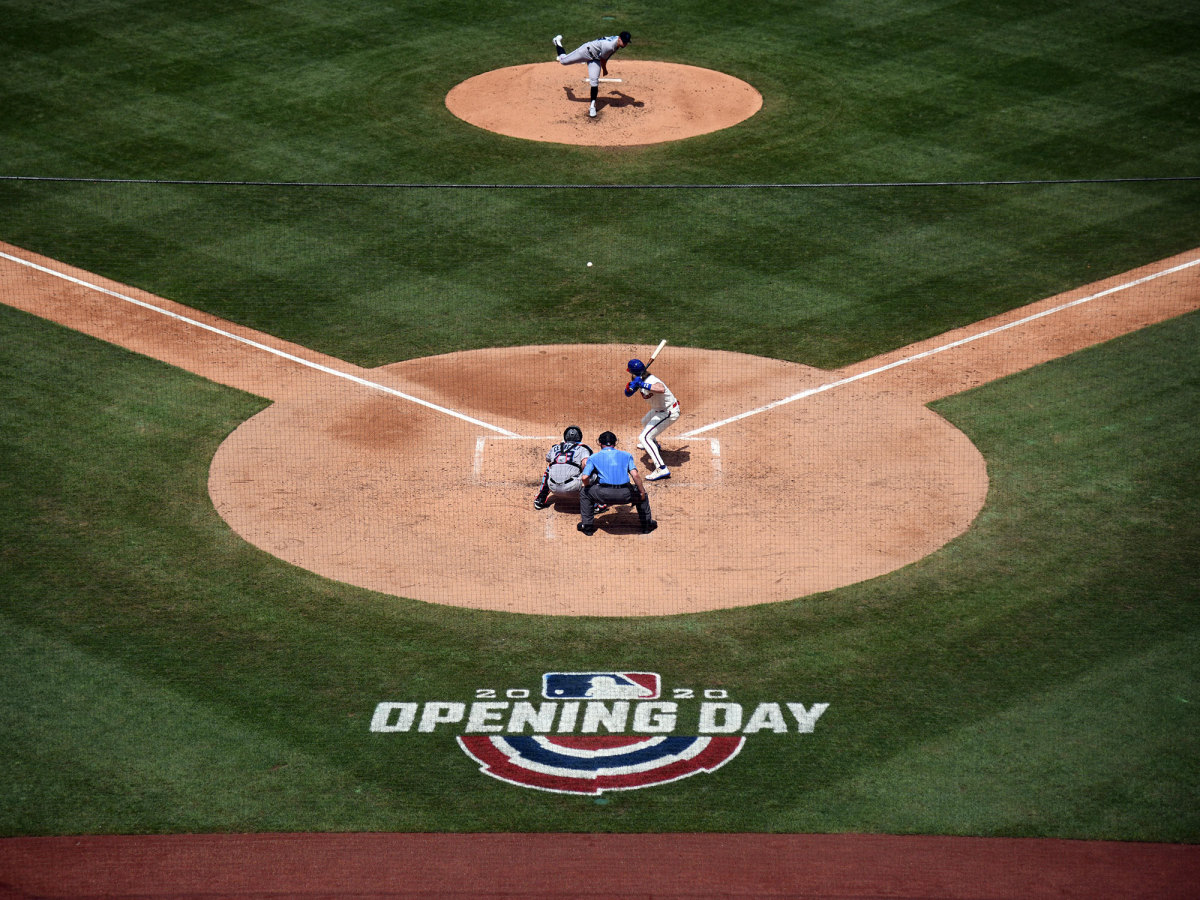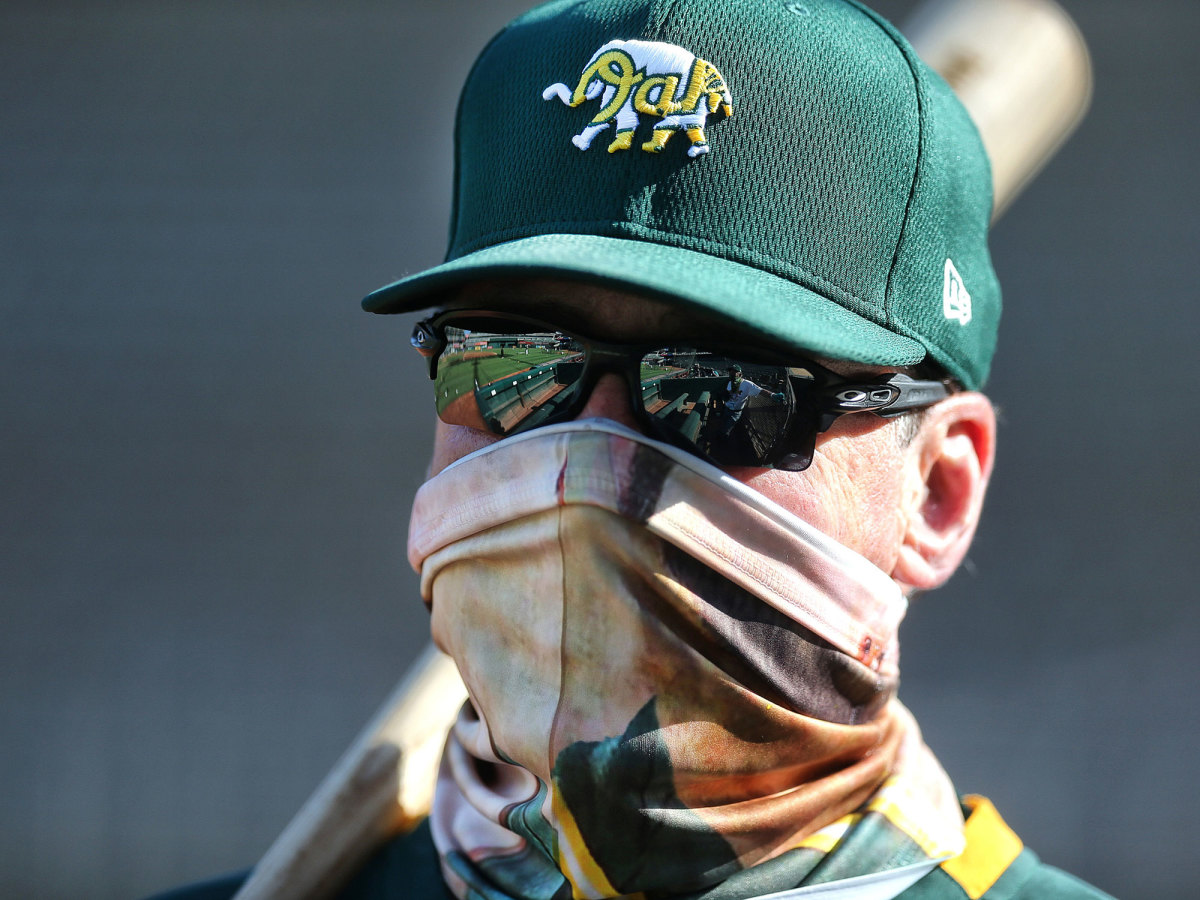How Does MLB Move Forward?
Just nine days into playing baseball amid a pandemic, Major League Baseball is beginning to accept the possibility that not all teams will play the full complement of 60 games in 66 days. Playoff spots could be decided by winning percentage over an unlike number of games, provided teams reach a threshold minimum.
What is that minimum? Like every business plan these days, from pizza parlors to nail salons to MLB, COVID-19 will help determine that. Setting a threshold now of minimum games makes no sense given the fluid nature of the virus and how it might further influence the schedule, but that determination could be made in September.
If baseball continues to lose games at the current rate the calendar might not allow all games to be played, even with seven-inning doubleheader games. Two weekends into the season, 15 of 118 games have been postponed, or 13% of the schedule.
Former commissioner Bud Selig often talked about “the integrity of the 162-game season,” and often wanted rained out games between non-contenders made up for that reason. MLB commissioner Rob Manfred inherited that mindset, but now knows “the integrity of a 60-game season” is likely to be compromised by COVID-19.
This would not be the first time that playoff spots could be decided among teams playing an unlike number of games. Following the 1972 players strike, the Boston Red Sox finished ½ game behind the Detroit Tigers while playing one fewer game. In the strike-interrupted 1981 season, second-half playoff spots were decided among teams playing as few as 49 games and as many as 53. Oakland finished one game behind Kansas City while playing four fewer games.
This is what playing baseball across 28 cities looks like during a pandemic: changeable. MLB already adapted the schedule just to have any kind of a season. Teams play games only in their region (East, Central and West) and in many cases compete for playoff spots with no common opponents and no head-to-head games. Certainty doesn’t exist. With that in mind, here are some of the most pressing questions about the state of affairs in MLB:
What’s going on with the Marlins?
Eighteen players and two coaches have tested positive. The Marlins have played just three games. The uninfected players likely will be on the road for 24 straight days, between an exhibition game in Atlanta July 21 and a home game Aug. 14.
MLB’s Department of Investigations, with the assistance of contact tracers, has been trying to determine the origin of the outbreak and is expected to finish its report in the next two days. Despite rumors as to how the Marlins outbreak began, MLB has no definitive answer yet, though a source familiar with the investigation characterized the initial information as leading to “clearly a breakdown with adherence to the health and safety protocols away from the ballpark.”
It’s important for other teams to learn where such a possible breakdown occurred to best avoid outbreaks of their own.

Could the Marlins’ season be canceled?
Not yet. When I asked commissioner Rob Manfred this week what it would take for him to cancel the season or put it on hold, he described his threshold as a team being “non-competitive.” Having lost 18 players to the virus, the Marlins have scrambled to sign released free agents. A determination on whether the Marlins are “non-competitive” likely would not be made until they resume playing games.
What about the Phillies?
MLB postponed their games this week out of what it called “an abundance of caution.” Since playing the Marlins last weekend, no Phillies player has tested positive. The team did have two positive tests, both among coaching and clubhouse staff. One of those positives was a false positive.
MLB’s health advisors believe normal incubation of the virus after exposure is two to five days. If Phillies players continue to test negative, MLB will be encouraged that the actual playing of games presents a low risk of spreading the virus if protocols are followed.
Does that mean the danger of contracting the virus is greater outside the ballpark?
Here is what we know. Two teams have had players test positive since Opening Day: the Marlins and Cardinals. All of their positives resulted while the teams were traveling, either in Atlanta or Philadelphia for Miami and in Minnesota for St. Louis.
Remember what Manfred told me before Opening Day after an encouraging Summer Camp: “I think the next phase where we’re going to be doing more travel is concerning. I want to be clear about one thing: that our [health] experts really see the actual travel as safe the way we are doing it. It’s the moving where there is risk. You’re going from one risk environment to another.”

Why are doubleheaders cut to seven innings each?
One reason is to avoid players and staff congregating for long hours at the ballpark. But a larger, driving force for the agreement between MLB and the union to shorten games was the rash of injuries suffered by pitchers at the onset of this season following a short training camp, according to a source familiar with those talks.
Forearm strains have become common (Justin Verlander, Ken Giles, Miles Mikolas, Jordan Zimmermann, Jimmy Lambert, etc.) A recent four-year study of forearm strains found that ramping pitching intensity too quickly often played a role in such an injury. The study also found that one in five forearm strains led to Tommy John surgeries.
In addition, pitching injuries have mounted because of shoulders (Corey Kluber, Jose LeClerc, Alex Wood, Joe Biagini), elbows (Seranthony Dominguez, Colin Poche), hand (Stephen Strasburg), back (Clayton Kershaw) and COVID-19 (Eduardo Rodriguez). Verlander, Kluber and Kershaw are all former Cy Young Award winners.
Are we likely to see more games postponed?
Count on it. This might be the one sure thing about this season. You have 900 players and another 450 staff members traveling around a large country with multiple virus hot spots. One positive test, one breach of protocol, is a threat to all within a traveling party, if not the opposing team. MLB did build some contingencies to deal with positives, such as a 60-man player pool for each team with reinforcements at the ready, and a three-man travel taxi squad. But more contingencies and adaptations will be required as circumstances change. “We know we’re only at the beginning,” said one baseball executive.
